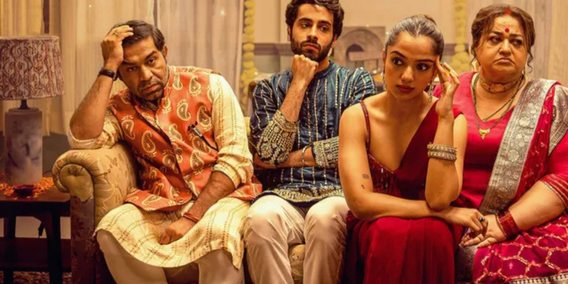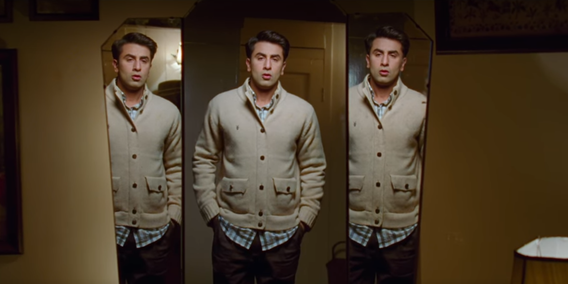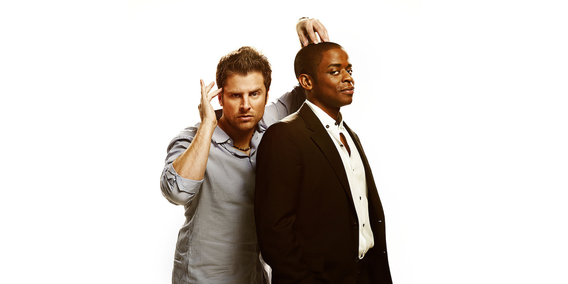There’s no escaping the emotional turbulence that follows the end of a relationship. It’s a ride of ups and downs, twists and turns, that can leave us feeling unmoored, confused, and unsure of where we stand. Heartbreak is messy, unpredictable, and often overwhelming. Yet, in this emotional rollercoaster, there lies an opportunity to truly understand ourselves, to understand our emotions, and to begin the work of healing.
Break-ups do not come neatly packaged. There’s no rulebook for how to navigate the emotional chaos they often bring. For some, the grief is immediate and intense, while for others, relief may come first, followed by waves of sadness or regret. Anger, confusion, and a sense of betrayal may intertwine with moments of nostalgia and longing. The emotions we experience are rarely simple, and they don’t always make sense.
The Emotional Tug-of-War
When we go through a break-up, the emotions that arise often feel like a tug-of-war inside of us. We’re torn between the grief of losing someone we thought would be in our lives forever and the relief of finally walking away from a relationship that may have been unhealthy or unsatisfying. Sometimes, the very thing that hurts us is the thing that we long for, and this paradox can be difficult to reconcile.
Anjali, a 30-year-old marketing executive, struggled with these conflicting emotions after a difficult breakup. One moment, she felt intense sadness, and the next, she felt a sense of relief that the emotional strain was over. It took time for her to accept that her feelings didn’t need to be neatly aligned. Healing was not about erasing the pain or pushing it away. Instead, it was about allowing herself to feel the full spectrum of emotions without judgment, without shame.
Through our sessions, Anjali learned that her feelings were not mutually exclusive. They could coexist. She could grieve the loss of the relationship while simultaneously celebrating the end of a chapter that no longer fit her life. This acceptance was liberating. In time, Anjali embraced the messiness of her emotions, knowing that this emotional turmoil was part of her healing journey.
Navigating the Waves of Grief and Relief
Grief often feels like a slow, crashing wave, one that can’t be avoided. It washes over us, leaving us gasping for breath, yet we can’t escape it. But grief is not something to fear; it is an essential part of the healing process. When we allow ourselves to sit with our grief, to feel it fully, we honor the love that once existed, and we open ourselves up to healing.
On the other hand, relief can feel almost as disorienting as grief. We may question whether we should feel relieved. Shouldn’t we be devastated? Shouldn’t we be crying and yearning for the relationship? This confusion is a natural response to the emotional complexity of break-ups. And much like grief, relief is a valid and necessary feeling. For some, it is the first step toward healing—a sign that they’ve been freed from emotional burdens that no longer serve them.
The Power of Understanding Your Emotions
One of the most important aspects of healing after a break-up is understanding that all emotions are temporary. Heartbreak does not last forever, even though it might feel like it. The waves of sadness, anger, and relief will gradually ebb away, leaving space for acceptance and peace. But this process takes time.
If you’re experiencing an emotional rollercoaster, remember that this is normal. It doesn’t mean you’re not healing—it means you’re moving through the process. Each wave of emotion, no matter how intense, is part of your recovery. You don’t need to rush through it. In fact, the more you understand and embrace your emotions, the faster you will heal.
Healing is a journey, and the path is often winding and unpredictable. But as long as you continue to embrace the full range of your emotions, you will eventually find your way back to emotional clarity and peace.







